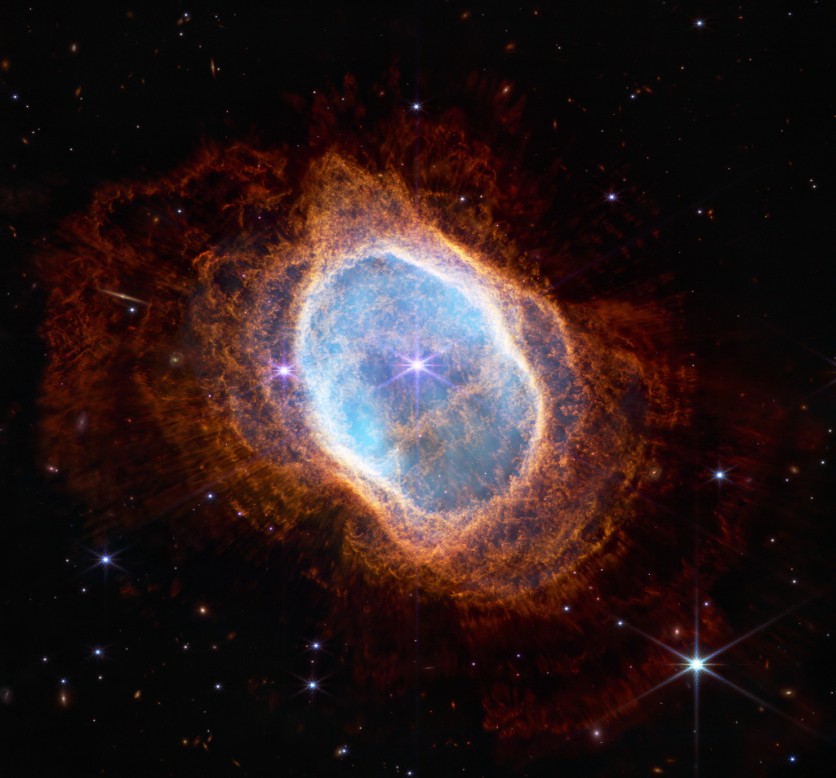How far and deep can NASA's James Webb Telescope go?
This observatory can peer millions of light years into the galaxy, exploring worlds and breaking the bounds of our imagination.
A recent video from the European Space Agency, which collaborates with NASA and the Canadian Space Agency, demonstrated how it can view far-off celestial objects in unprecedented clarity and detail!

Dramatic Stellar Death
The video looks into the tantalizing Southern Ring Nebula, which hails 2,500 light-years away, and the location of a dramatic stellar death.
As reported first by Mashable, the star is equivalent to the size of the sun and is ejecting massive clouds of gas into space because it has run out of fuel.
The James Webb Space Telescope (JWST), with its over 21-foot-wide mirror, is observing the far reaches of the universe in the video, which astoundingly goes beyond the bounds of our Milky Way Galaxy!
Travel to the Southern Ring Nebula in this zoom in video and enjoy once more the #NIRCam view #WebbSeesFarther pic.twitter.com/KtiI01a7JQ
— ESA Webb Telescope (@ESA_Webb) July 27, 2022
The Webb telescope records infrared light, a form of light with longer wavelengths than visible light, in contrast to the renowned Hubble Space Telescope, which records visible light.
Mashable said that longer light wavelengths have the ability to penetrate dust and gas clouds, illuminating objects that were previously hidden, such as the dying star that is ejecting gas at the center of the Southern Ring Nebula.
Read also : 'New Era in Astronomy:' NASA James Webb Space Telescope's New Stunning Images and The Stories Behind Them
An Unexpected Supernova
Scientists were shocked when the JWST unexpectedly discovered its first supernova, a dying star's violent outburst. The discovery may create opportunities for research in a completely new field, according to scientists.
A surprising bright object was discovered by the James Webb Space Telescope's NIRCam camera in a galaxy called SDSS.J141930.11+5251593, about 3 to 4 billion light-years from Earth, only a few days after the telescope began conducting science operations.
According to Space.com, the bright object began to dim after five days, raising the possibility that it was a supernova that was unintentionally discovered after the star exploded.
The finding is unexpected because large survey telescopes typically carry out supernova searches that quickly scan large areas of the sky. The JWST was not designed for this purpose.
According to Inverse, this early detection indicates that the telescope might be able to peer through supernovas frequently. This would be endlessly thrilling since Webb is anticipated to witness the formation of the universe's earliest galaxies millions of years after the Big Bang.
Related Article : 'Hubble vs James Webb Telescope:' Is NASA Webb's Deepest Image of the Universe Stunningly Clearer?
This article is owned by Tech Times
Written by Joaquin Victor Tacla
ⓒ 2026 TECHTIMES.com All rights reserved. Do not reproduce without permission.




